India is home to many fantastic architectural wonders that have drawn travelers from all across the world. Arguably one of India’s most famous sites is the Taj Mahal and it’s marble splendor definitely deserves the attention that it gets. But what if I told you there was a tomb located in the heart of New Delhi, that is in many ways more important to India’s architectural history than the Taj, and in fact is the very inspiration for it? Well it’s true. In this Humayun’s Tomb guide we’ll look at how this one building shaped India’s landscape for the next few centuries and tell you why your next visit to New Delhi should definitely include a stop at this UNESCO World Heritage Site.
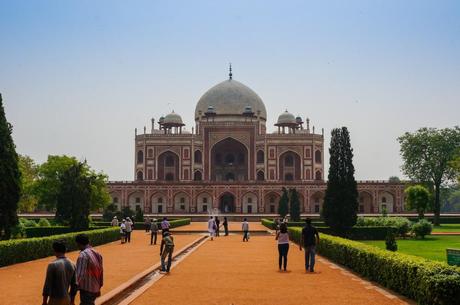
Humayun’s Tomb was commissioned to be built in 1570 by the widow of the Moghul Empire’s second Emperor. While it is certainly beautiful, there are several key architectural features that make this tomb so significant to India. For starters, it was the first garden tomb to have ever been constructed on the Indian Sub-Continent. The now classic four walled design was drawn from Persian architecture and has been repeated all over India. It’s style of dome and other detailed features are also the inspiration for many of the key components of the Taj Mahal. Humayun’s Tomb was actually the first historical site we visited in India and is still one of my favorites. Surprisingly, when you first arrive at the site, it seems rather unassuming, with only a small sign marking it.
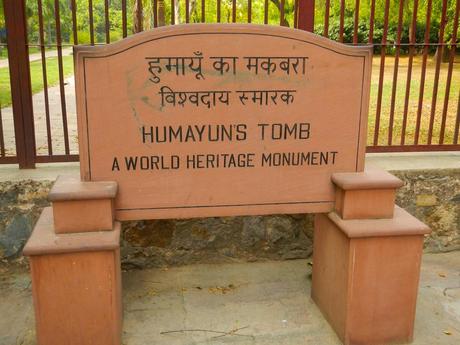
Being a Garden Tomb, there is a large exterior wall that features an enormous entry gate.
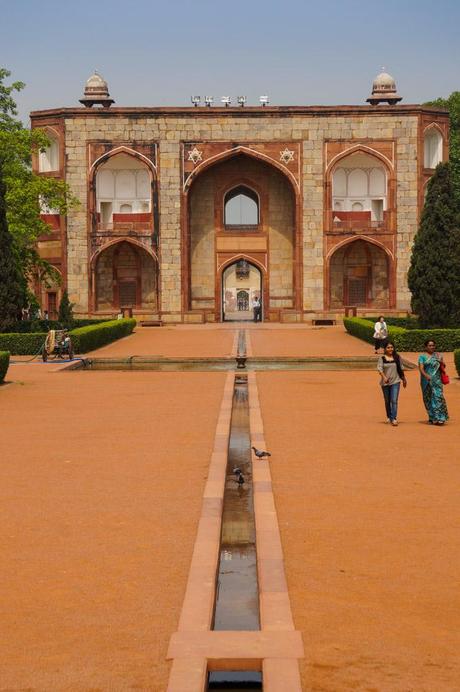
The wall goes around all four sides of the compound and is rather impressive as a stand alone feature.
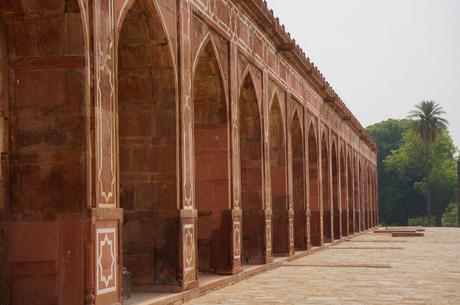
When Lauren and I first arrived, we were surprised to see that the site was relatively empty. Even though it has tremendous significance, it’s often overlooked by travelers. The first thing we noticed was the fact that there were crews maintaining the property by hand. Stopping and watching them made it easy to imagine we had just taken a step back in time.
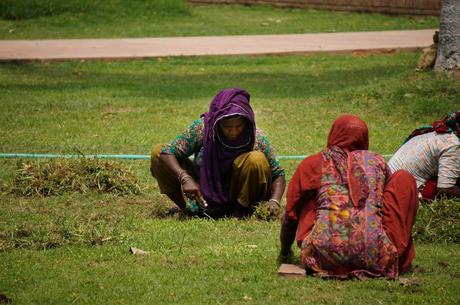
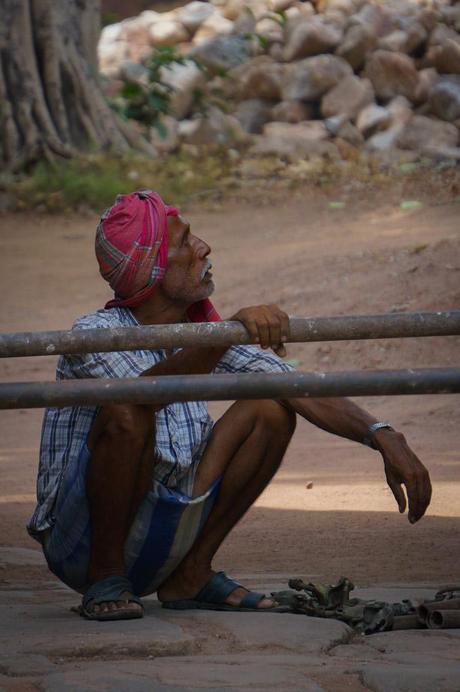
On the other hand, there were many apparent locals, that seemed to be taking in the serenity and beauty of the site.
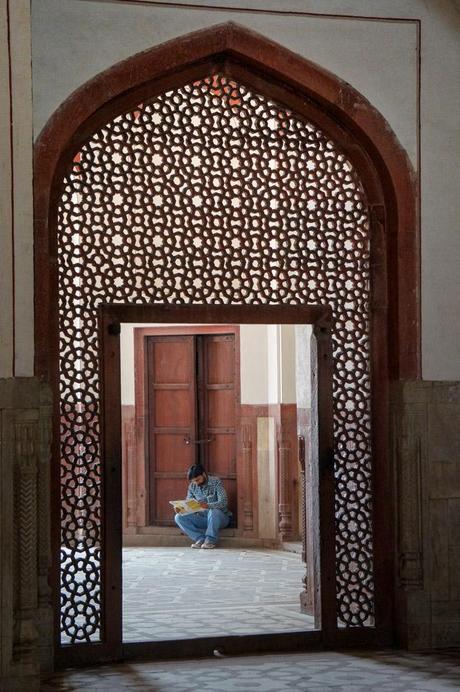
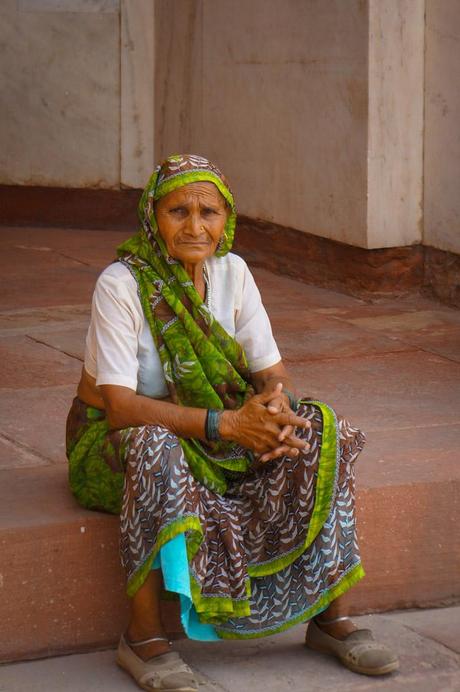
It gave us the opportunity to stop and enjoy some people watching.
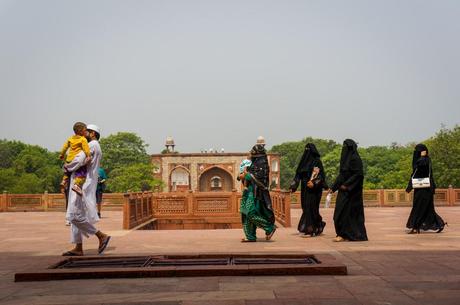


Similar to other Garden Tombs, the property is bisected by channels of water representing the rivers of Paradise with the main tomb sitting at the center of the site on an elevated platform. The lines leading up the building lend an interesting effect that make the building look smaller than it truly is.
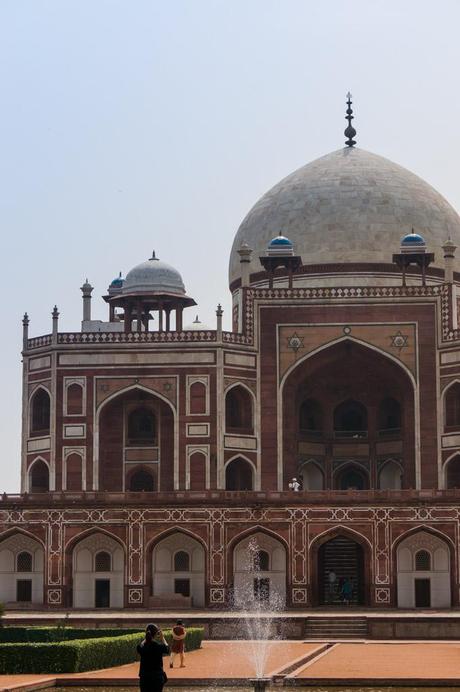
As we climbed up the steps onto the main platform, we were shocked by the size and detail of the tomb.
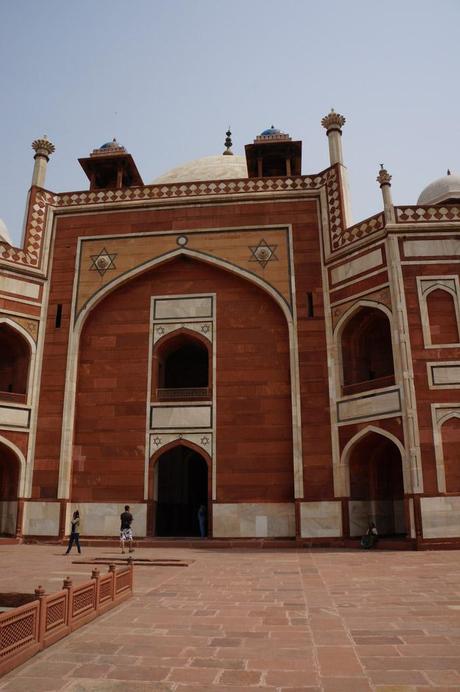
Unlike the Taj Mahal and other tombs, visitors are welcome to freely roam the inside of the mausoleum and take photographs. The level of detail on the interior of the building was incredible, and a prelude to the later, more famous, marble inlay work used in later Moghul construction.
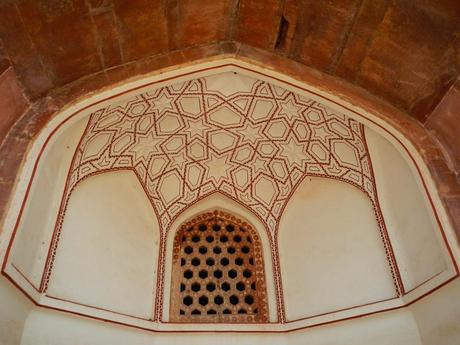
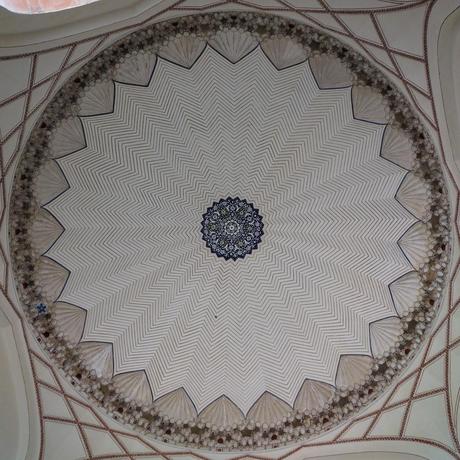
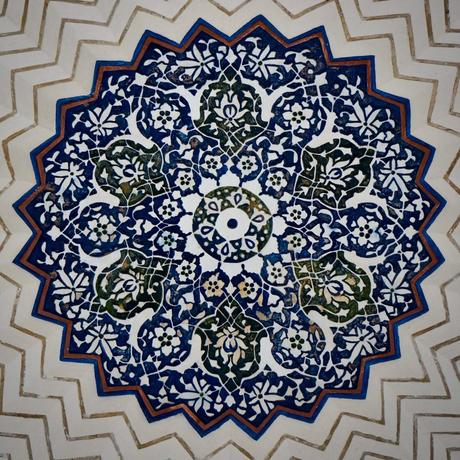
Like many tombs, there are marble cenotaphs that are above ground in honor of the deceased, with the actual burial occurring in the basement. The level of detail is incredible.
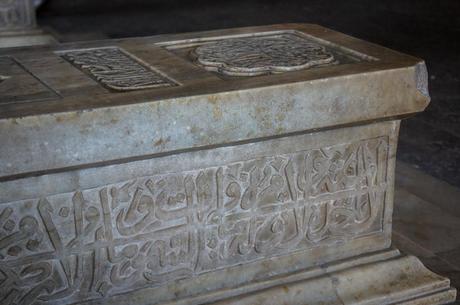
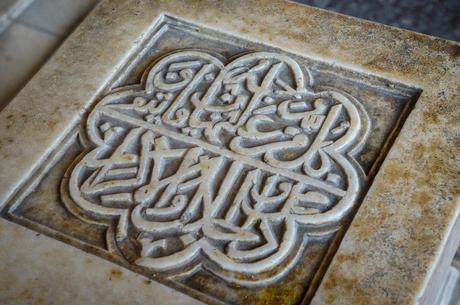
One of the things I found remarkable about the site is the quality of the preservation. The majority of the site was left untouched throughout history as opposed to other more famous sites that were pillaged for their riches. The simplicity of the construction allowed the site to remain uniquely whole over the centuries. While the main tomb features areas that have been fully restored from the ravages of time, there are other tombs and structures on the site that have been left untouched. The contrast of old and new is fascinating.
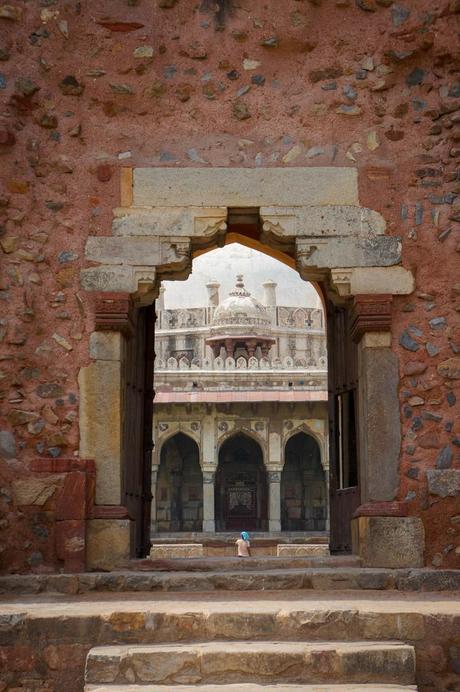
If you are in Delhi, I definitely recommend taking the time to visit Humayun’s Tomb. Preferably, plan your visit to the tomb prior to visiting the Taj Mahal. Doing so will allow you to truly appreciate the history and progression of Moghul Architecture over time.
If visiting during the summer months, plan your visit either early or late in the day as the mid-day heat can be stifling. The easiest way to visit the site is to take the metro to the Khan Market Metro station and then hire a tuk tuk to cover the last 2.5 kilometers.
Details
Humayun’s Tomb
Bharat Scouts and Guides Marg, Nizamuddin
New Delhi, India
Entry Fee: Locals 10 Rupees, Foreigners 250 Rupees
View Larger Map
